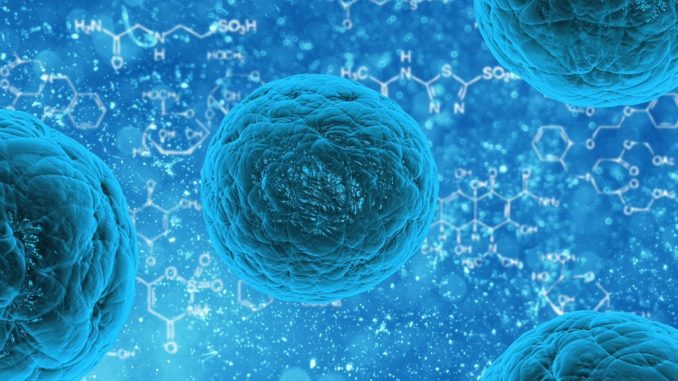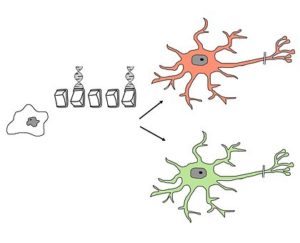
I did a short piece on adult stem cell research and how it helped with a windpipe transplant. After some thought, it occurred to me that most people do not understand how stem cells work in the body and what part they can play in future medicine, especially for senior citizens and those with disabilities. I thought I would do a little more in-depth writing. It is going to take a couple of posts to get through it, but here goes.
Stem cells are unique from the other cells in the body. All stem cells-no matter where they come from-have three general properties: they can divide and renew themselves over long periods of time, they are unspecialized (they can become any type of cell), they can cause specialized cells to occur.
There are two types of stem cells: embryonic and adult. What scientists are trying to understand is: why embryonic stem cells can reproduce themselves for a year or more and adult stem cells cannot and what are the natural factors the regulate stem cell proliferation. Now, I think I should explain some of the terms I used already.
What I mean by stem cells are unspecialized is that a stem cell is not a specific type of tissue. It is not bone, muscle, or blood cell. It is a blank canvas of sorts. However, an unspecialized stem cell can give rise to specialized cells like heart muscle, blood cells, or nerve cells.
Stem cells can divide and renew themselves for long periods of time. Muscle, blood, and nerve cells do not normally replicate themselves. Stem cells can replicate themselves many times over. Replicating themselves repeatedly is called proliferation. So, a small number of stem cells that is allowed to proliferate for a few months can yield several million identical cells that have the same ability to proliferate. They are a little bit like cockroaches in the walls, just not as disgusting.
Stem cells can give rise to specialized cells. A blank cell can become like the cells around it if it is in the bloodstream and attaches to a piece of body tissue. If you have an injury in a muscle, it becomes muscle tissue, a joint injury and stem cells could become cartilage, and so on.
 Embryonic and adult stem cells have one major difference: adult stem cells are found in an adult human body and embryonic stem cells originate from a deceased fetus. That is why the main body of research at this time, in the United States, is based on adult stem cells. Scientists also claim that their research is limited because adult stem cells do not survive as long in a lab.
Embryonic and adult stem cells have one major difference: adult stem cells are found in an adult human body and embryonic stem cells originate from a deceased fetus. That is why the main body of research at this time, in the United States, is based on adult stem cells. Scientists also claim that their research is limited because adult stem cells do not survive as long in a lab.
Research on adult stem cells has been generating a lot of excitement. Scientists have found adult stem cells in nearly every part of the body: the brain, bone marrow, blood, blood vessels, skeletal muscle, skin, and liver. These cells are being studied for cures and treatments like: replacing the dopamine-producing cells in Parkinson’s patients, insulin producing cells for Type I diabetics, and repairing damaged heart muscle after a heart attack. Other possible treatments are for spinal cord injuries and arthritis.
Perhaps one of the most promising applications of stem cell therapy is in the generation of cells and tissues that could be used for cell-based therapy. Donated organs are used to replace ailing or destroyed organs, but the need for organs out-measures the supply. If stem cells could be regularly controlled and manipulated into becoming the needed cells, that could lead to a renewable source of replacement organs. These cells can be used to treat Parkinson’s, Alzheimer’s, spinal cord injury, stroke, burns, heart disease, diabetes, osteoarthritis, and rheumatoid arthritis. The potential uses of adult stem cells are as endless as your imagination. Working with Santa Cruz seniors, I can readily see the benefits. Not having to move from their 2 story homes to a single level Aptos home would be nice, if their health didn’t force the issue. I am looking forward to more advances and will probably need them for myself in future years.
